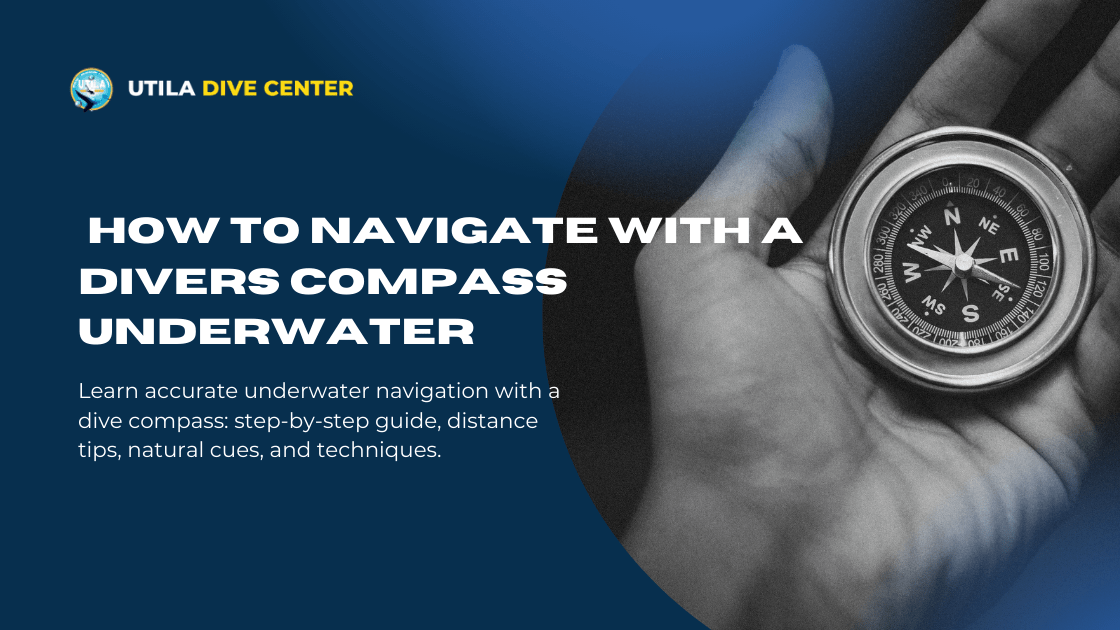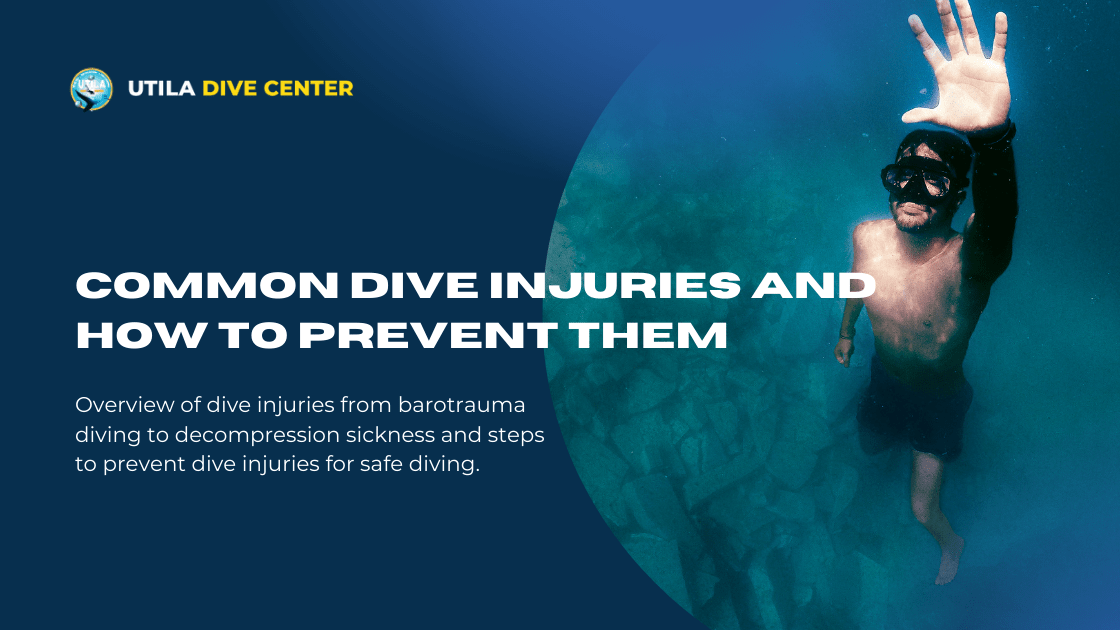
Wetsuits Guide: Selecting the Perfect Wetsuit for Your Needs
Wetsuits Guide: How to Choose and Buy the Perfect Wetsuit
By: Manny Lagos | Date: 2024-12-06T11:21:58.164Z
Gearing up for your next underwater escapade? Don’t forget to pick the right wetsuit. It can make a huge difference. The right wetsuit not only keeps you warm but also boosts mobility, comfort, and protection. It doesn’t matter if you’re diving for the first time or working towards becoming a PADI Divemaster, one thing’s certain– choosing the right wetsuit can make your experience much more fun and comfortable!
But with so many options out there, how do you find the perfect one? Well, fret not, this wetsuits guide will walk you through everything you need to know about getting the ideal wetsuit for yourself. From learning how to buy a wetsuit and the different types to figuring out the right thickness for various water temperatures, we’ve got you covered.
Let’s begin.
Understanding Wetsuit Types
Before getting into the details of this wetsuits guide, it’s important to know that not all wetsuits work the same way and the type you choose can make or break your entire diving experience. Different wetsuits are designed for different diving conditions. For instance, the right wetsuit keeps you comfortable and warm in cold waters, while the wrong one could leave you chilly, uncomfortable, or even cut your SCUBA dive short.
So, here’s a breakdown of the main types of wetsuits and when you might need to use each one.
Full Wetsuits
A full wetsuit covers you from neck to ankles, making it a top choice for divers looking for warmth and protection. These suits come in different builds, perfect for cold waters, and protect you from things like coral scrapes, sunburns, and even jellyfish stings.
Shorty Wetsuits
If you’re thinking about diving in tropical waters like Utila, a shorty wetsuit might be just what you need. Covering just your core and leaving arms and legs free, shorties are lightweight and give you more mobility. Shorties are comparatively lighter and don’t offer as much insulation as a full suit, but when the water’s warm, you’ll appreciate the extra freedom.
Spring Suits
Spring suits are a bit similar to shorties, with short sleeves and legs, but provide a little more coverage. This suit serves as a middle-ground for mildly cool waters where a full suit might be too warm, but a shorty just isn’t enough.
Drysuits
For extremely cold waters, a drysuit is the way to go. Unlike wetsuits that let in a bit of water for insulation, drysuits keep you fully sealed and dry with their insulating layers underneath. Perfect for Arctic dives or Technical dives, drysuits offer ultimate protection from the cold.
Choosing the Right Wetsuit Thickness
Now that you’ve figured out the style of wetsuit you need, it’s time to choose the right thickness with UDC’s wetsuits guide.
Warm Waters (Tropical)
If you’re diving in waters over 75°F (24°C), a thinner wetsuit is your best bet. Suits with 1mm–3mm thickness will provide just the right amount of warmth without overheating you. A shorty or lightweight full wetsuit is preferable for these conditions.
Moderate Waters
For moderate waters, where temperatures are a bit cooler but not freezing, go for a wetsuit with 3mm–5mm thickness. These are amazing for dives in places like the Mediterranean, the Caribbean, or the Canary Islands.
Moreover, a 5mm full suit is a top choice for divers working on their PADI certifications in those “in-between” waters as it offers the perfect mix of warmth and flexibility.
Cold Waters
For chilly dives, like those in Northern Europe or the Pacific Northwest, you’ll need extra insulation to stay comfortable. In temperatures below 60°F (16°C), opt for a 5mm to 7mm thick wetsuit to trap the body heat in.
And if you’re jumping into really cold water, consider adding hoods, gloves, and boots for extra warmth– you’ll thank us later.
Deep Dives
Planning to go deep? Just know– The deeper you go, the colder it gets, so a thicker wetsuit (around 7mm) or even a drysuit might do the job. When you’re diving far below the surface, extra thermal protection becomes non-negotiable for safety and comfort.
How Thickness Impacts Mobility
The thicker the wetsuit, the more the warmth– but there’s a bit of a trade off. That extra insulation can also reduce flexibility and limit your movement underwater. A thicker suit, like a 7mm one, typically feels stiffer and can make it harder to move around comfortably, which can be a problem if you’re doing a lot of swimming or need a wide range of motion for activities like photography or exploring deeper hidden gems.
But don’t worry, wetsuits have come a long way. Many newer wetsuits are made with advanced, flexible neoprene materials that stretch well with your body movements. These suits will not only help you stay safe and comfortable but also keep your mobility intact.
So, when picking a wetsuit, strike a balance between warmth and mobility as per your dive style and enjoy the best of both worlds.
Wetsuit Materials and Seams
When it comes to wetsuits, the materials and seams do a lot more than you might think. Most suits are made from neoprene, which is a synthetic rubber known for its insulation and flexibility. But here’s the catch, not all neoprene is the same. Higher-quality neoprene is generally softer, stretchier, and more durable, so if you’re looking for comfort and longevity, it’s worth searching for a good-quality one.
And if sustainability matters to you, check out some wetsuit brands that are going green such as Vissla, Patagonia, or Matuse. These brands offer wetsuits made from limestone-based neoprene or natural rubber. It’s an amazing way to enjoy your dives without causing damage to the ocean!
The seams are important too. Here’s what each type brings to the table:
- Flatlock Stitching: Breathable and ideal for tropical water diving.
- Blindstitch Stitching (GBS): Keeps the water out, making it an ideal choice for cooler waters.
- Overlock Stitching: Budget-friendly option, that’s common in entry-level suits but provides less insulation.
Choosing the Right Fit
Once you’ve got down the right materials and seams for durability and comfort, the next big step is learning how to choose a wetsuit and get the perfect fit. After all, even the best wetsuit won’t perform if it doesn’t fit you like a glove.
Why Fit Matters for Wetsuits
As we mentioned earlier, finding the right fit for your wetsuit is super important. A well-fitted wetsuit is a must for keeping your body warm in the water without restricting your movements. When a wetsuit fits snugly, it adds a thin layer of water between your skin and the neoprene. This layer then warms up to body temperature and keeps you comfortable throughout your underwater experience. On the flip side, if your suit is very loose, too much water can flush in and lead to heat loss and a much colder dive.
So, it’s always better to look for a snug fit that moves with you without feeling tight.
Sizing for Men, Women, and Unisex Suits
Wetsuits come in different sizes to suit everyone. Whether you’re shopping for men or women or looking for a unisex option, there’s a lot to choose from. Men’s wetsuits generally have broader shoulders and narrower hips, whereas women's suits are made to fit wider hips and narrower shoulders. Unisex wetsuits strike a balance between the two, offering the required flexibility.
Just remember: It’s always a good idea to try on the suit before you buy because each brand has its own fit.
Best Wetsuits for Scuba Diving
To make things simpler for you, here’s a list of some of the best wetsuits for scuba diving in 2024.
- Cold Water Wetsuit: SCUBAPro Novascotia 6.5mm
- Best Warm Water Shorty: Cressi Tortuga 2.5mm Men’s
- Tropical Water Shorty: SCUBAPro Definition Shorty 2.5mm Men
- Made for Medium to Cold Water: Cressi Otterflex 5mm and 3mm
- Cold Water Drysuit: Cressi Desert Lady and Cressi Desert Man
Wetsuit Care
Taking care of your wetsuit is a game-changer. With just a little attention and maintenance, you can extend its lifespan and keep it performing at its best for many underwater adventures ahead.
Cleaning and Storing Your Wetsuit
After each dive, rinse your wetsuit with fresh water. This helps clean away salt, sand, and any other debris that made its way back with you. Once it’s properly rinsed, let it air dry in the shade– your suit will thank you by staying in great form. When it comes to storing your wetsuit, wide hangers are the way to go, don’t just toss it crumpled in a bag. That can cause unnecessary wear and tear over time.
Repairing Minor Damages
Accidents happen and that’s perfectly normal. If you snag your wetsuit on something pointy or spot a little tear, don’t fret. Minor rips can mostly be fixed with neoprene cement or patches, so you can keep diving without having to buy a whole new suit. Amazing, right?
Conclusion
Finding the right wetsuit is a big deal for any diver, and we totally get that here at Utila Dive Centre. With over 20 years of experience in SCUBA diving training, our expert instructors are here to help you pick a wetsuit that’s perfect for you.
So, go ahead and pack your dive bag to explore the underwater world with utmost ease and confidence.
And if this comprehensive wetsuit buying guide isn’t enough, reach out to us today to learn more about our gear recommendations and courses.
We can’t wait to hear from you!

Rebreather Diving: Everything You Need to Know
Rebreather diving offers longer, quieter dives. Discover how it works, its benefits, risks, gear, and what you need to get started with rebreather diving.
Read more
12 Rules of Scuba Diving All Divers Must Follow
We've curated a list of 12 rules of scuba diving to help you stay safe, protect marine life, and enjoy your underwater adventures with confidence.
Read more
How to Navigate With a Divers Compass Underwater
Learn accurate underwater navigation with a dive compass: step-by-step guide, distance tips, natural cues, and techniques.
Read more
Common Dive Injuries and How to Prevent Them
Overview of dive injuries from barotrauma diving to decompression sickness and steps to prevent dive injuries for safe diving.
Read more